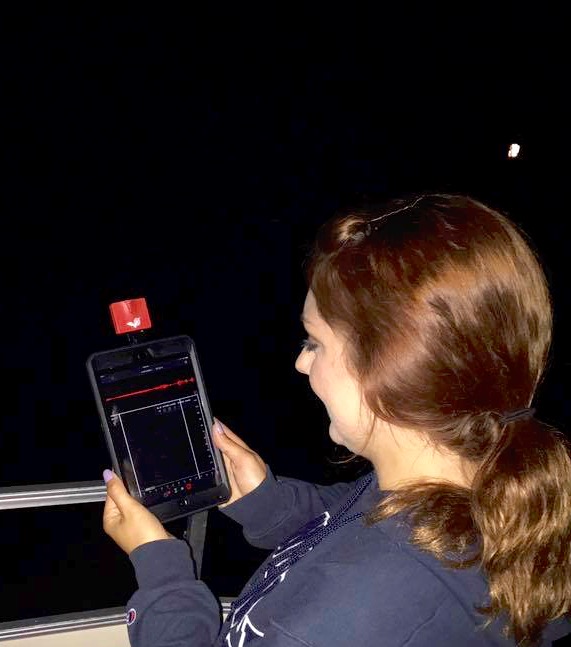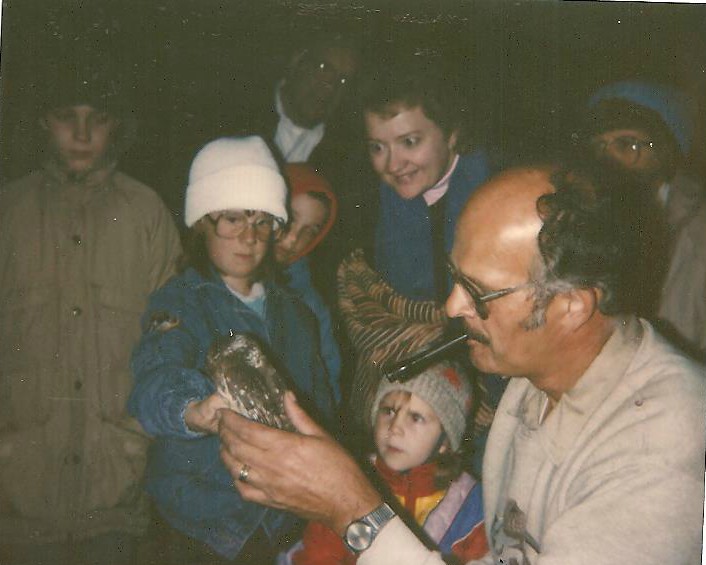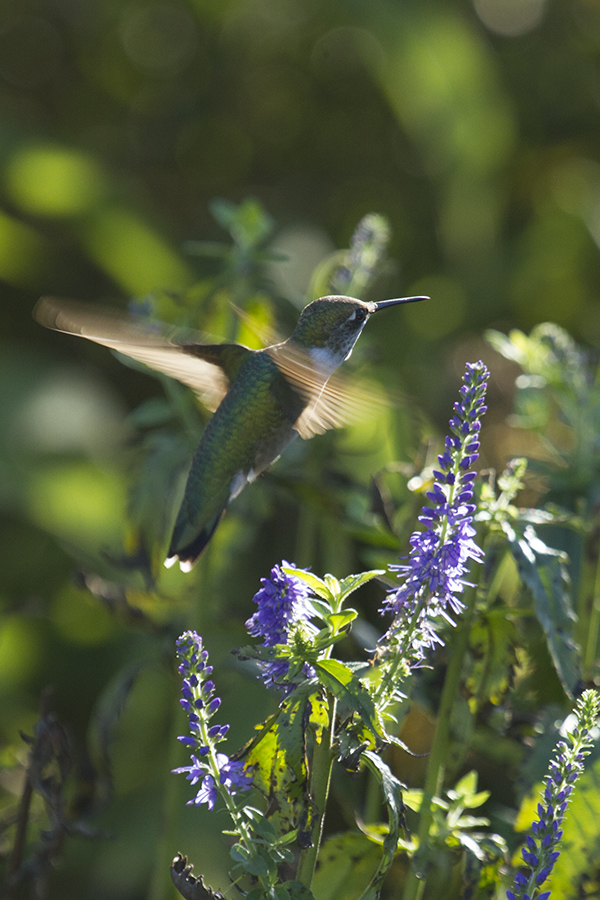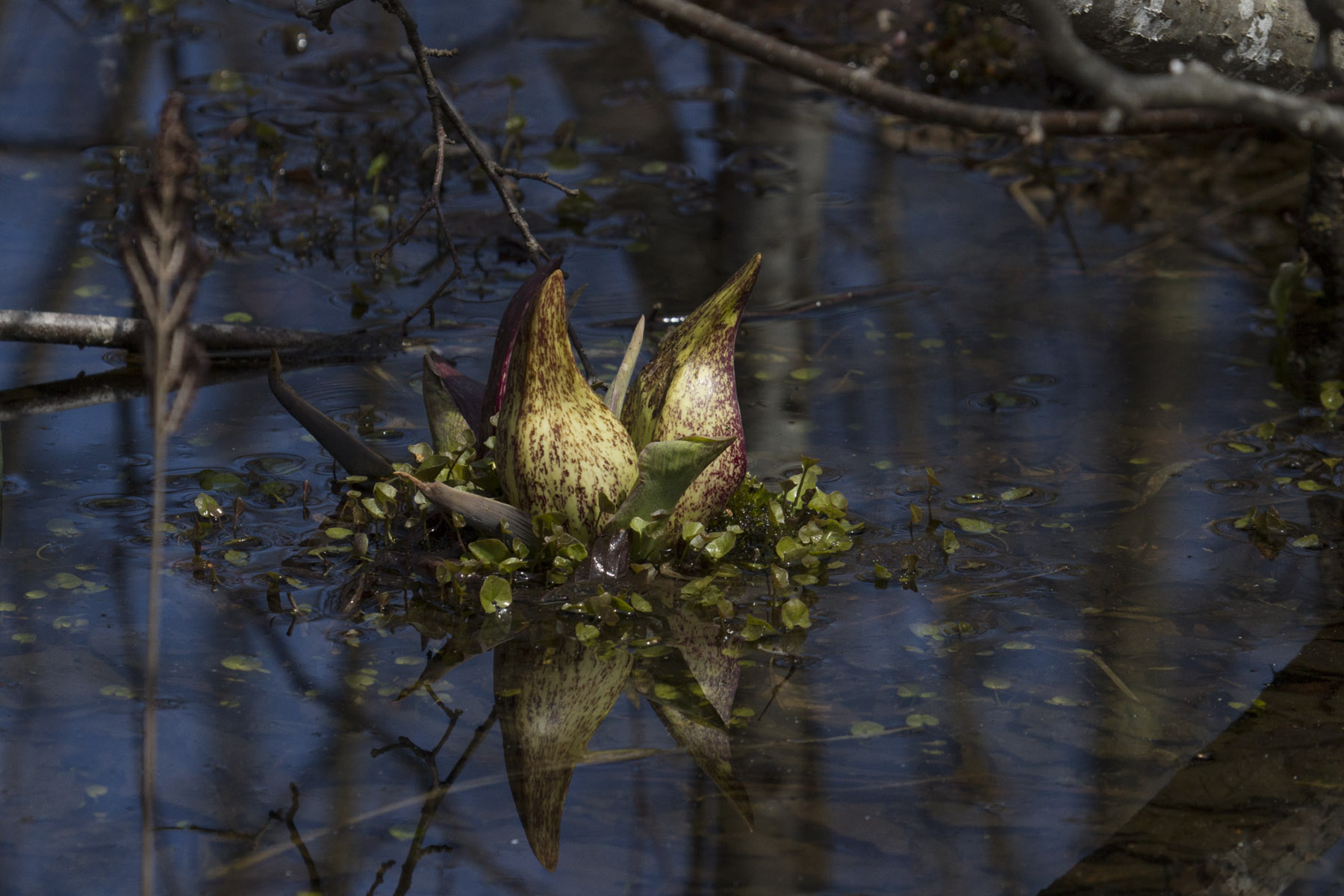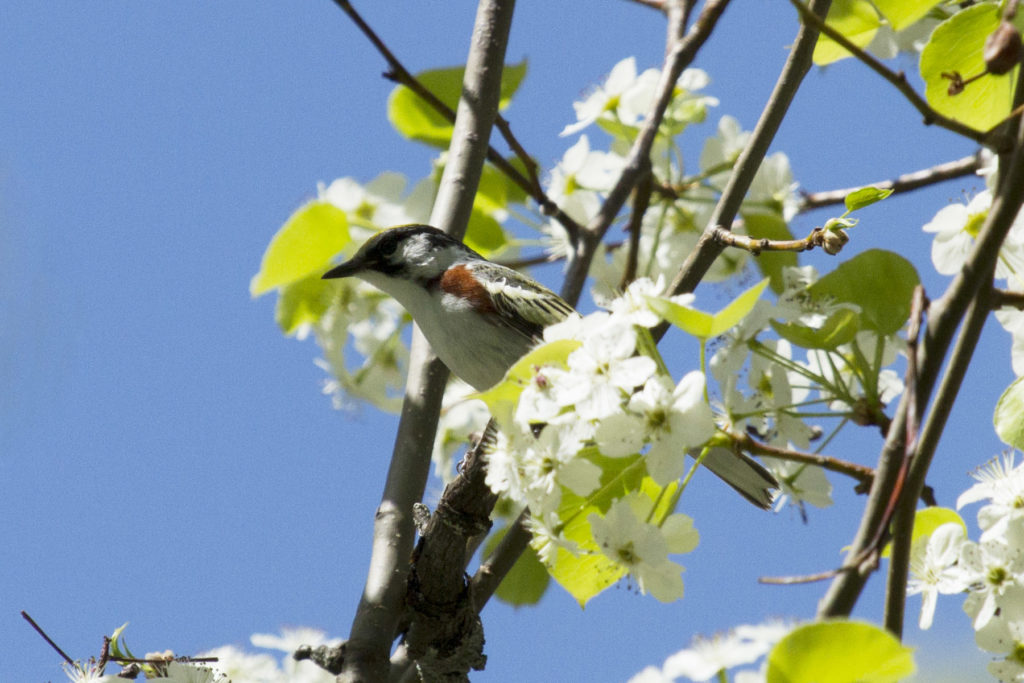
Chestnut-sided warbler
Written by Nancy Nabak, Communication Coordinator
There are songs and poems written about spring. Authors wax the beauty, the smells, the sounds…all trying to capture a perfect moment in time when their hearts and minds were lifted beyond an endless season.
I’m no different and I’ve got it bad. Colors are bursting into dark greens, mauve-tinted purples and deep blues. But it’s just not the colors; the smells that go with them are intoxicating. I hesitate to use that word in fear of sounding trite, but in reality it’s true. Last night when I pulled into my driveway, my crab tree blossoms were so fragrant that I skipped my usual routine of going into the house, taking off my shoes, and figuring out what’s for dinner.
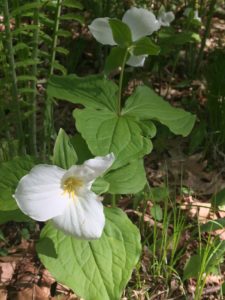
Trillium
Instead, I walked around to my back yard and slowed everything down. I noticed that my Jack-in-the-Pulpits were almost knee-high, that my trilliums were still smiling their snowy white, 3-arrowed face at me, and my sensitive ferns were tenderly leafing out. Nothing dull here. Not in the least.
But eventually, I did notice something dull. It was a thud. The sound was so unusual that it caused me to look up from my bed of blossoms and take notice. Two bright red male cardinals were challenging each other – fighting to the ground in a dull thud upon impact. Cardinal A landed on top of Cardinal B and spread his wings and self over Cardinal B. After a while, the two untangled, flew up, chased each other around a blue spruce, through tiny branches, and then out into the open again, but always landing near each other. They continued to challenge each other with calls and encroachments. I watched this go on for hours. My son watched it, too. For hours these two boys had nothing more important to do than show might, defend territory, and let spring instincts drive them.
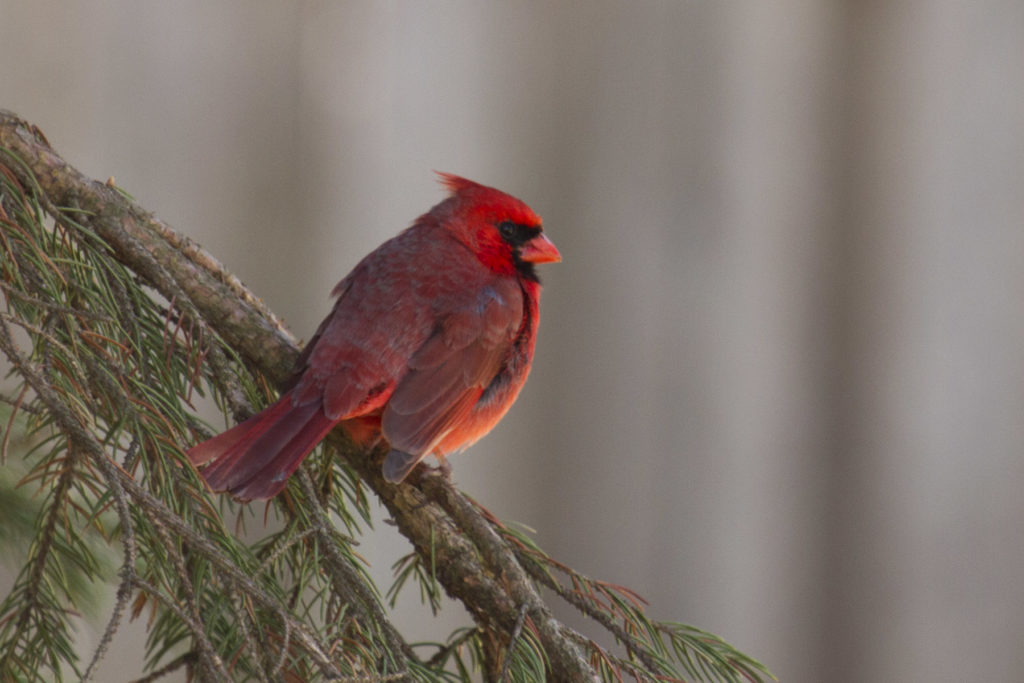
Male cardinal
Back to my intoxicating crab tree, this morning as I was backing out of my driveway, those blossoms forced me to put on my brakes, get out of the car, and trim a couple of small branches before driving in to work. They’re now in a vase on my desk. The office smells like Heaven. I’m pretty sure that if Heaven has a smell, this is it.
And as I work at my desk, writing grants and spreading the word about Woodland Dunes, we’ve got Chimney swifts chittering inside our Nature Center chimney. I’m assuming they’re building a nest to bring another generation of insect eaters into the world. (More mosquito eaters – yay!) Their high-pitched chorus from our inner walls is a treat; we’re so happy they’re back.
Let this be the spring where your senses take you on an intoxicating journey. Listen to the bird songs in your yard. Find the bright colors of warblers in your binoculars, and breathe in the treasure of scents during this beautiful time of blossoms.
Photos by Nancy Nabak

